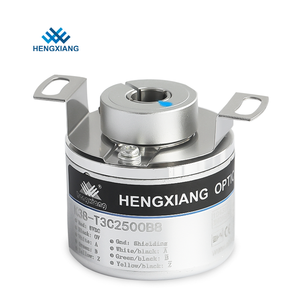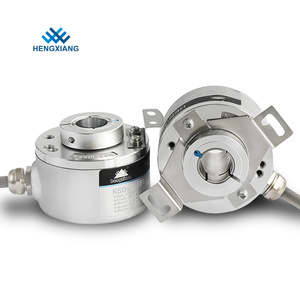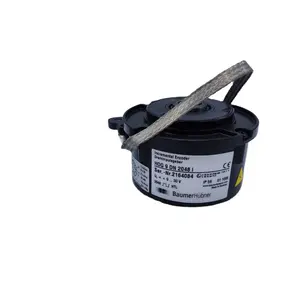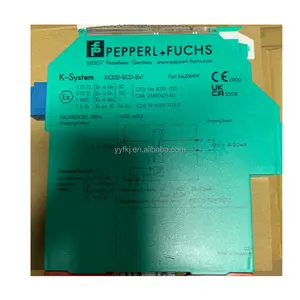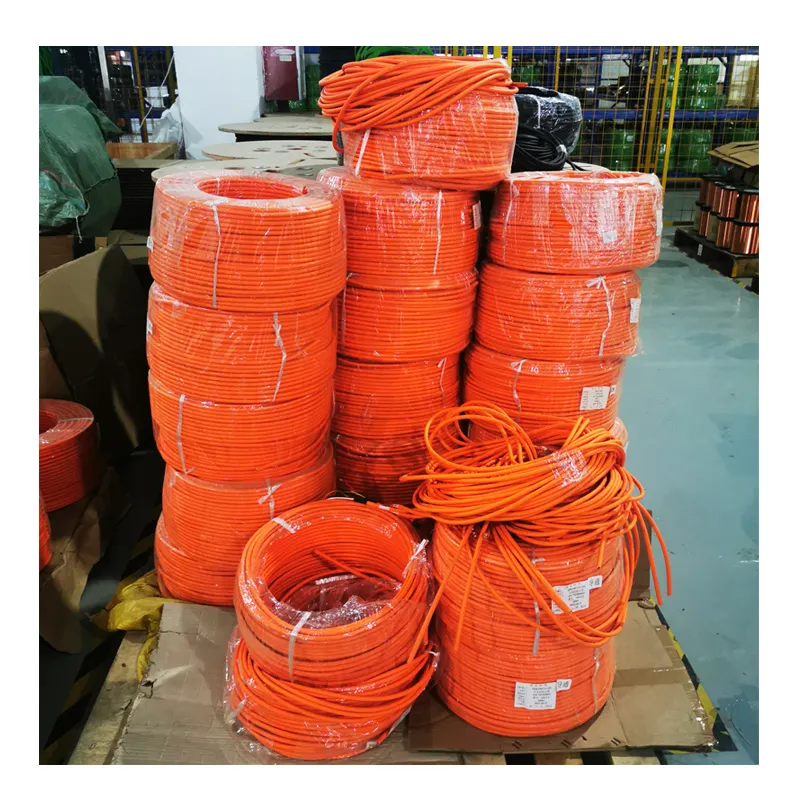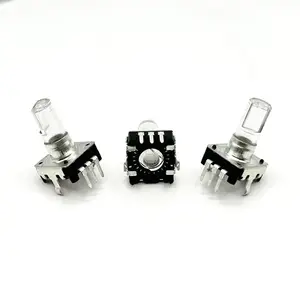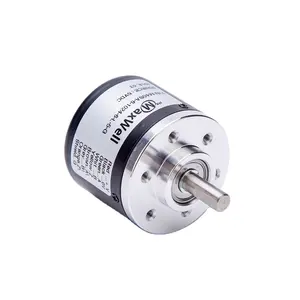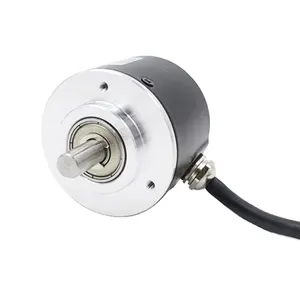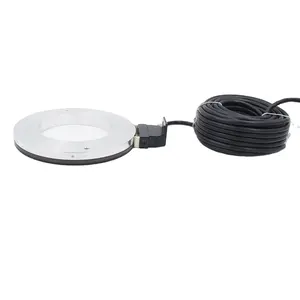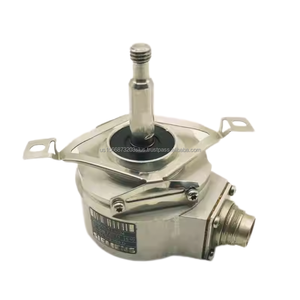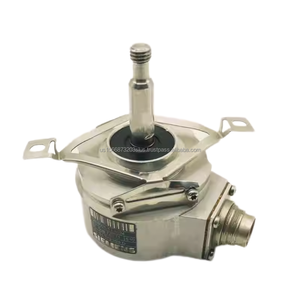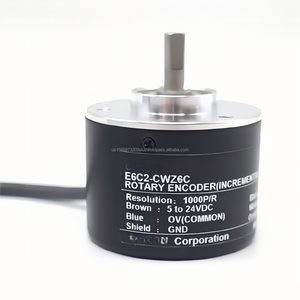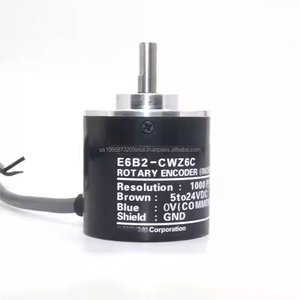Incremental Encoder




 Top sponsor listing
Top sponsor listing



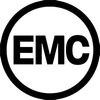

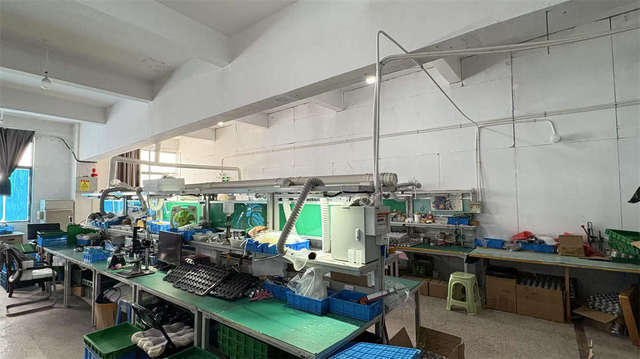

 1/26
1/26




 1/2
1/2




 1/3
1/3




 1/2
1/2







 0
0



 0
0











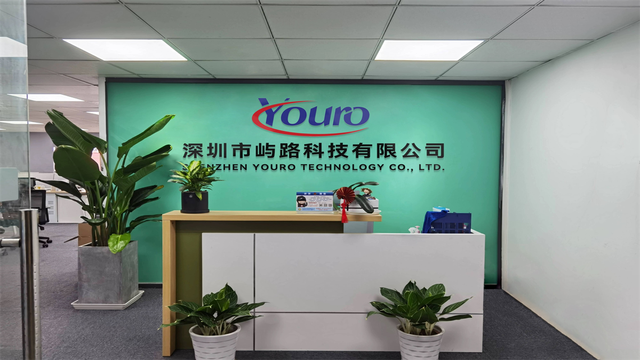

 1/2
1/2









 1/41
1/41





 1/17
1/17



 0
0





 1/3
1/3


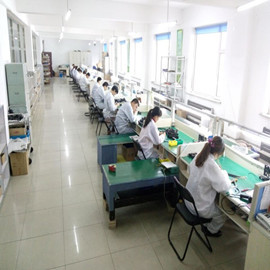

 1/3
1/3






 1/3
1/3







 1/3
1/3



 0
0




 1/3
1/3


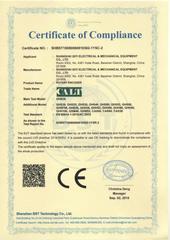

 1/3
1/3
About incremental encoder
Where to Find Incremental Encoder Suppliers?
China serves as a central hub for incremental encoder manufacturing, with key production clusters in Shanghai, Wuxi, and Anhui offering specialized capabilities in optical sensing and precision electronics. These regions host vertically integrated facilities combining R&D, component fabrication, and final assembly under one roof, enabling tight control over quality and delivery timelines. The concentration of technical talent and supporting supply chains—particularly in optoelectronics and motor integration components—allows suppliers to maintain competitive cost structures while meeting international performance standards.
Suppliers in these zones benefit from proximity to tier-one automation equipment manufacturers, driving demand for high-reliability encoders used in industrial drives, robotics, and CNC systems. This ecosystem supports rapid prototyping and customization, with many firms offering design modifications including shaft configurations, output signal types (e.g., push-pull, line driver), and resolution tuning (from 100 to 5,000 PPR). Lead times for standard units typically range from 7–15 days, with expedited builds available within 5 days for low-volume orders.
How to Choose Incremental Encoder Suppliers?
Effective supplier selection requires rigorous evaluation across three core dimensions:
Technical Capability Verification
Confirm that suppliers offer documented specifications for electrical parameters (voltage tolerance, current draw), mechanical tolerances (shaft runout, mounting dimensions), and environmental resilience (IP rating, operating temperature). For mission-critical applications, validate compatibility with industrial communication protocols such as HTL/TTL and sin/cos outputs. Suppliers should provide 3D models, connection diagrams, and labeling options upon request.
Production & Quality Assurance Infrastructure
Assess operational scale and consistency through the following indicators:
- On-time delivery rate exceeding 95%
- Response time under 3 hours for technical inquiries
- Evidence of in-house testing for signal integrity, vibration resistance, and thermal stability
Prioritize suppliers with dedicated product lines focused on encoders or sensor modules, indicating specialization over generalist electronics trading.
Transaction Reliability Metrics
Analyze reorder rates as a proxy for customer satisfaction—rates above 20% suggest consistent product quality and service reliability. Use online revenue benchmarks (e.g., >US $100,000/year) to identify established exporters with proven international shipping experience. Where applicable, request sample units to verify packaging integrity, labeling accuracy, and functional performance against stated specs before placing bulk orders.
What Are the Best Incremental Encoder Suppliers?
| Company Name | Main Products (Listings) | Online Revenue | On-Time Delivery | Reorder Rate | Avg. Response | Customization Options | Notable Brands Distributed |
|---|---|---|---|---|---|---|---|
| Shanghai Hengxiang Optical Electronics Co., Ltd. | Encoders (920) | US $140,000+ | 98% | <15% | ≤2h | Yes (shaft type, cable design, resolution, material, packaging) | - |
| Wuxi Xinrongjie Technology Co., Ltd. | Encoders (various), Safety Sensors | US $9,000+ | 100% | 20% | ≤10h | Limited (model-specific variants) | ELCO, TR-Electronic, Koyo |
| Anhui Hade Optical Technology Co., Ltd. | Encoders (133), Position Sensors | US $3,000+ | 84% | 33% | ≤2h | Basic (PPR, output type, connector) | - |
| Beijing Shuntu Technology Co., Ltd. | Push Button Switches, Proximity Sensors | US $100,000+ | 96% | 19% | ≤3h | No (reseller of branded units) | Autonics, Kuebler, POSITAL |
| Atom Automation Limited | Other Electrical Equipment (1906), PLCs | US $120,000+ | 99% | 26% | ≤2h | Partial (shaft, housing, output configuration) | BAUMER, NEMICON |
Performance Analysis
Shanghai Hengxiang stands out for its encoder specialization and extensive customization capacity, supported by strong delivery performance despite a lower reorder rate—indicative of broad market reach rather than repeat dependency. Atom Automation and Wuxi Xinrongjie demonstrate high transaction reliability (100% and 99% on-time delivery) and distribute premium brands like BAUMER and ELCO, making them suitable for buyers seeking original equipment with traceable sourcing. Anhui Hade offers entry-level pricing but shows weaker fulfillment metrics (84% on-time), suggesting potential bottlenecks in order processing. Beijing Shuntu operates primarily as a reseller of high-end encoders, ideal for applications requiring certified Autonics or POSITAL units without local distribution access.
FAQs
What is the typical MOQ for incremental encoders?
Most suppliers list a minimum order quantity of 1 piece, facilitating small-batch procurement and sampling. Volume discounts generally apply at 10+ units, with negotiated pricing available for orders exceeding 100 pieces.
How long does customization take?
Lead time for modified designs ranges from 10–20 days depending on complexity. Common customizations include hollow shaft adaptation, radial cable exits, special labeling, and extended temperature ratings. Suppliers with in-house tooling can deliver prototypes within two weeks.
Are incremental encoders compliant with international standards?
While explicit certification data is not provided, suppliers serving global markets typically adhere to CE and RoHS requirements. Buyers should request compliance documentation for regulated industries such as medical devices or transportation systems.
Can I get technical drawings and 3D models?
Yes, multiple suppliers—including Shanghai Hengxiang and Atom Automation—explicitly list 3D model availability as part of their customization support. These assets are typically provided upon formal inquiry or sample request.
What payment and logistics terms are common?
Standard transactions use T/T or Alibaba Trade Assurance, with FOB China pricing. Air freight delivery takes 5–7 days globally. For sensitive electronics, suppliers often use anti-static packaging and shock indicators to ensure safe transit.






